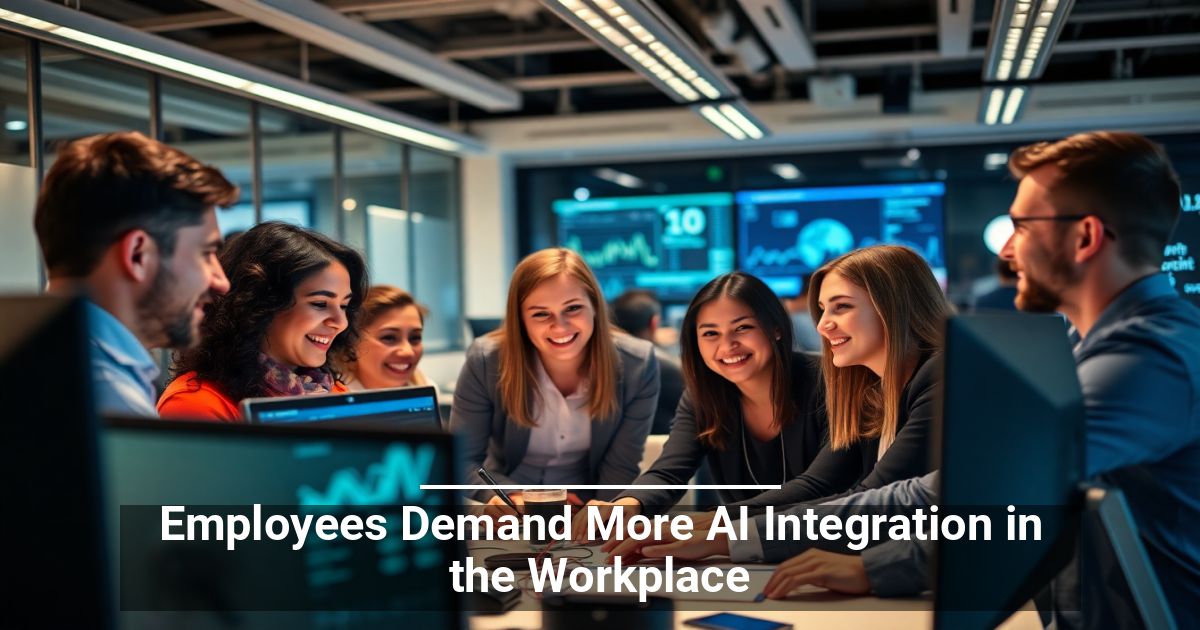 Being a company owner in the 21st century means staying up-to-date with all technological advancements in the business realm. That includes artificial intelligence and machine learning, which take the world by storm. However, while some believe AI is meant to replace human workers, others believe AI integration in the workplace is the only thing that will keep employees content.
Being a company owner in the 21st century means staying up-to-date with all technological advancements in the business realm. That includes artificial intelligence and machine learning, which take the world by storm. However, while some believe AI is meant to replace human workers, others believe AI integration in the workplace is the only thing that will keep employees content.
The Fear That Came with ChatGPT
ChatGPT was originally launched in November 2022 by OpenAI. It allowed individuals to enter certain prompts and receive stories, translations, documents, codes, and more. Because it uses a language model, it imitates human thinking and actions. It continuously learns by accessing posts, conversations, articles, and other content.
Unfortunately, many feared its development because it mimicked humans and took over employee tasks. Workers felt their employers would eventually replace them with these programs, so the company would pay fewer salaries and turn a bigger profit. They also believed AI would look more appealing since it doesn’t get tired or make human errors.
The Reality of the Demand for Workplace AI
A KPMG study showed that 28% of workers are still worried about job security as of December 2024. However, most workers consider AI integration in the workplace positive. About 50% of those polled believe it has already helped them with their careers, while 47% think it’ll encourage new job opportunities.
The best part is that you don’t need to work for a technology company like Apple or Microsoft or even be tech-savvy to use AI. About 70% of workers use automation tools every week, with one-third using them daily in the office. But how do they use them?
Automating Repetitive and Mundane Tasks
Some activities, such as helping a customer with a purchase, return, or exchange, follow a cookie-cutter process. Not only does this mean the process doesn’t change from customer to customer, but it also becomes boring for employees who could use their energy and human intelligence more effectively. Luckily, AI algorithms learn these and other time-consuming, repetitive tasks, freeing up your employees’ time.
Optimizing Processes to Make Predictions
AI process optimization is another benefit of AI integration in the workplace since it analyzes data to determine potential outcomes based on the past. For instance, it notes customer browsing and purchasing trends alongside market trends to predict what buyers will demand in upcoming quarters for more personalization.
AI analytics also highlights what won’t sell well and tracks your inventory. That way, you always know what you should purchase more of and what needs to be moved.
Other Ways AI Helps in the Workplace
Workers also benefit from:
- Chatbots that address customer questions and concerns
- Onboarding and offboarding assistance
- AI fraud detectors that flag unusual activities
The consensus is that AI has a history of helping workers do their jobs more accurately and concisely rather than taking jobs away. So, consider AI integration in the workplace today!




